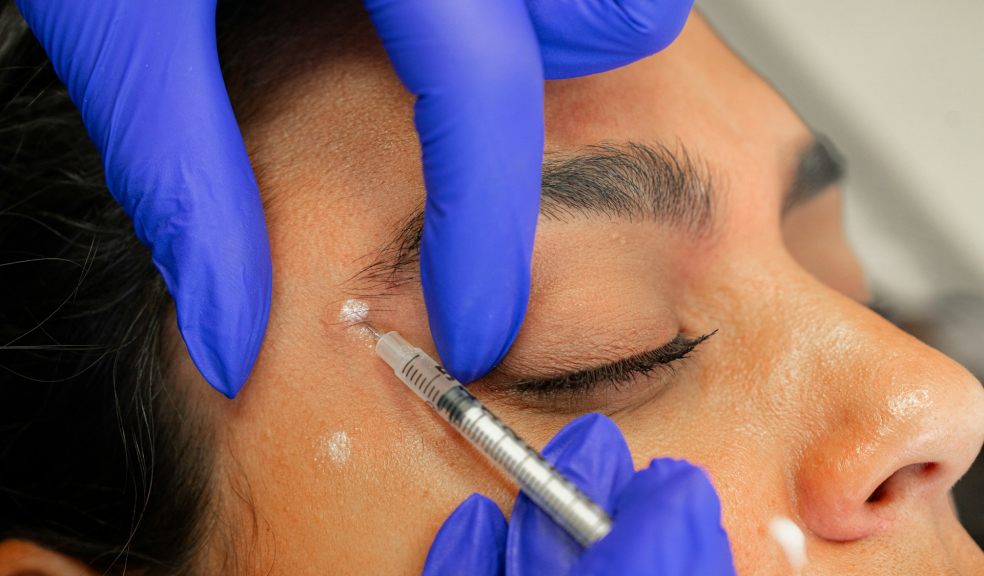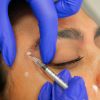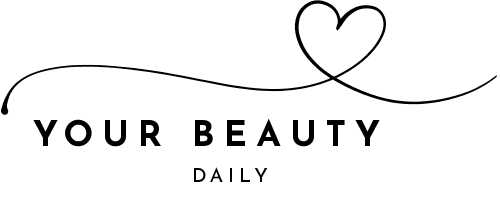
What is Level 7 aesthetics - and do you actually need it?
In recent years, the aesthetics industry has undergone a quiet transformation. Once the preserve of medically trained professionals in sterile clinic environments, aesthetic procedures are now just as likely to be offered in boutique salons, rented treatment rooms, and even home studios. With this accessibility, though, comes a pressing question: how qualified should an aesthetics practitioner actually be?
More specifically — what exactly is Level 7 aesthetics, and does it matter whether your practitioner has it?
Let’s unpack what’s behind the jargon, and whether this qualification is something you actually need to pursue (or look out for).
What exactly is Level 7 aesthetics?
To be clear, “Level 7” isn’t a marketing term or an internal industry ranking. It’s a regulated educational benchmark — part of the UK’s National Qualifications Framework. Level 7 refers to a postgraduate-level standard, roughly equivalent to a master’s degree in terms of academic rigor. In the context of aesthetics, a Level 7 qualification focuses primarily on non-surgical cosmetic procedures such as Botox (anti-wrinkle injections) and dermal fillers.
The curriculum dives deep. It typically includes advanced anatomy and physiology, consultation ethics, complications management, hands-on injecting techniques, and legal/regulatory considerations. It’s not just a certificate you can pick up in a weekend.
So who offers it? Unlike short CPD courses that any training provider might run, proper Level 7 aesthetics qualifications must be awarded by recognized bodies (such as Ofqual-regulated institutions). These programs usually involve a mix of theoretical modules, supervised practical sessions, assessments, and real-world case studies. Some even require practitioners to submit portfolios of evidence.
This structure makes it more robust — and significantly more expensive and time-consuming — than the usual short-form beauty qualifications. But the benefit is that it’s recognised within healthcare and professional aesthetics circles as a true marker of competence. That said, we’d always recommend you learn more about Level 7 accreditation before committing to a training path.
Why is Level 7 becoming more important?
The aesthetics sector remains loosely regulated in the UK. While anyone can theoretically perform injectable procedures without a formal qualification, the tide is turning. Increased public scrutiny, media reports of botched procedures, and mounting pressure from medical professionals have led to renewed calls for higher standards across the board.
And, in some cases, the market is responding before the government has even acted. Clients — especially in urban centres — are increasingly vetting their practitioners not just for their portfolio or price, but for their qualifications. Some clinics now require their team members to hold a Level 7 diploma before they’re allowed to inject at all.
If you’re considering pursuing work in injectables, it’s worth taking the long view. A Level 7 may not be legally required (yet), but its relevance is growing — fast.
Do you really need Level 7 to be taken seriously?
It depends who you ask — and what your goals are.
If you're already a medical professional (nurse, dentist, doctor) and you’ve done informal aesthetics training, you may find Level 7 provides a more structured, formally recognised framework. It can help bridge the gap between your clinical experience and the nuances of cosmetic work.
If you’re from a beauty background, though, it can feel like a steep — even inaccessible — path. The academic requirement alone puts some off. But for those wanting to futureproof their business and build credibility, investing in a Level 7 diploma can be a strategic move.
There’s also the insurance angle. Some insurers now either prefer or require a Level 7 qualification before offering full aesthetic treatment coverage. That, in itself, can be a decider.
But not everyone will need it. If you're working in a limited scope — say, skin boosters or microneedling — and have no intention of performing injectables, then a Level 7 course might be overkill.
The cost-benefit analysis
Let’s not sugarcoat it — a Level 7 course can cost anywhere from £3,000 to over £7,000, depending on the provider. And that’s not including time off work, portfolio building, or travel to in-person training.
So the question becomes: what does it get you?
For some, it’s a competitive advantage. Clients trust it, employers respect it, and insurance providers recognise it. For others, it’s about personal confidence — knowing that you’re not cutting corners, and that you’re ready to handle complications with clinical competence.
Still, for those just starting out or working part-time, it might make sense to begin with CPD-accredited courses, gain hands-on experience, and then consider upgrading when the timing (and finances) are right.
Final thoughts — is it essential?
Level 7 aesthetics is fast becoming the gold standard in non-surgical cosmetic training — but it’s not an entry requirement. Not yet, anyway.
For those serious about building a long-term career in aesthetics, it’s a worthy investment. But for others, it’s one piece of a much larger puzzle. Good technique, ethical practice, and client trust don’t live solely in your certificate folder.
Still, as the industry evolves, the question may shift from “Do I need this?” to “Can I afford not to?”

















